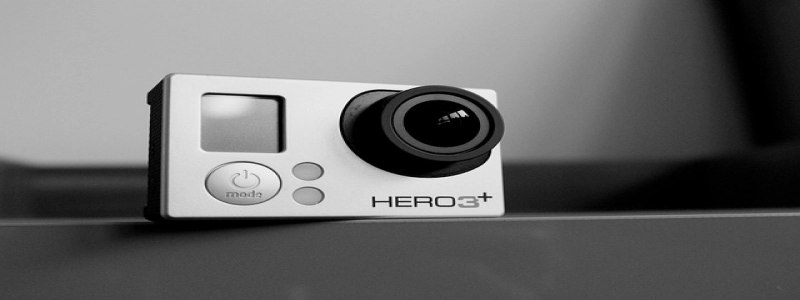Ethernet Patchcord
Introduction:
Ethernet patchcords are vital components in networking systems. They are used to connect various devices such as computers, routers, switches, and servers to establish a reliable and high-speed network connection. In this article, we will delve into the details of Ethernet patchcords, discussing their types, uses, and benefits.
I. Types of Ethernet Patchcords:
1. Unshielded Twisted Pair (UTP) Patchcords:
– UTP patchcords are the most common type used in Ethernet networks.
– They consist of four pairs of twisted copper wires.
– UTP patchcords are affordable, versatile, and suitable for short to medium-length connections.
2. Shielded Twisted Pair (STP) Patchcords:
– STP patchcords offer better electromagnetic interference (EMI) protection.
– They have an additional metallic shield around each pair of twisted wires.
– STP patchcords are ideal for environments with high EMI, such as data centers and industrial settings.
3. Fiber Optic Patchcords:
– Fiber optic patchcords use light signals instead of electrical signals for data transmission.
– They are capable of transmitting data over longer distances and at higher speeds.
– Fiber optic patchcords are immune to EMI and provide better security.
II. Uses of Ethernet Patchcords:
1. Local Area Networks (LANs):
– Patchcords are extensively used to connect computers, printers, and other devices in LANs.
– They ensure a stable and fast connection within a local network.
2. Data Centers:
– Ethernet patchcords are crucial in data centers where high-speed data transmission is required.
– They connect servers, switches, and other networking equipment.
3. Telecommunication Networks:
– Patchcords are used in telecommunication networks to connect various equipment, such as routers and switches.
– They ensure uninterrupted voice and data communication.
III. Benefits of Ethernet Patchcords:
1. Easy Installation:
– Ethernet patchcords are simple to install, making them a convenient option for network setup or expansion.
2. Flexibility:
– Patchcords come in various lengths, allowing for flexible positioning of devices.
– They also support different connector types, such as RJ45 for twisted pair cables and LC/SC for fiber optic cables.
3. Reliable and High-Speed Connection:
– Ethernet patchcords provide a stable and secure connection for data transmission.
– They support high-speed Ethernet standards, ensuring efficient network performance.
4. Cost-Effective Solution:
– Patchcords are affordable and durable, providing excellent value for money.
– They eliminate the need for expensive and complex wiring installations.
Conclusion:
Ethernet patchcords play a crucial role in establishing reliable and fast network connections in various settings. With their different types, including UTP, STP, and fiber optic, they cater to different network requirements. Whether used in LANs, data centers, or telecommunication networks, patchcords provide easy installation, flexibility, and cost-effective solutions. By utilizing Ethernet patchcords, organizations can ensure efficient and seamless data transmission, improving overall network performance.







